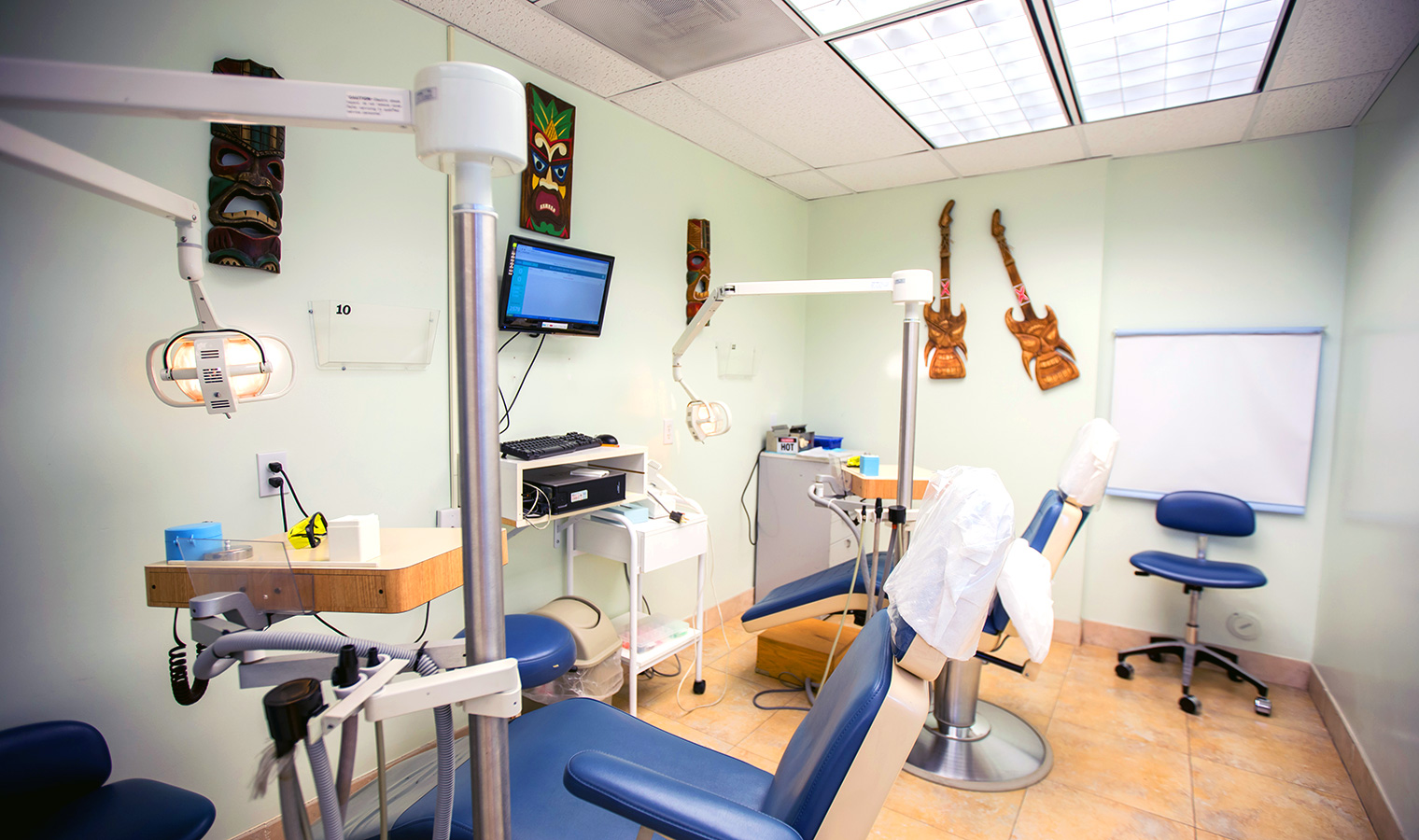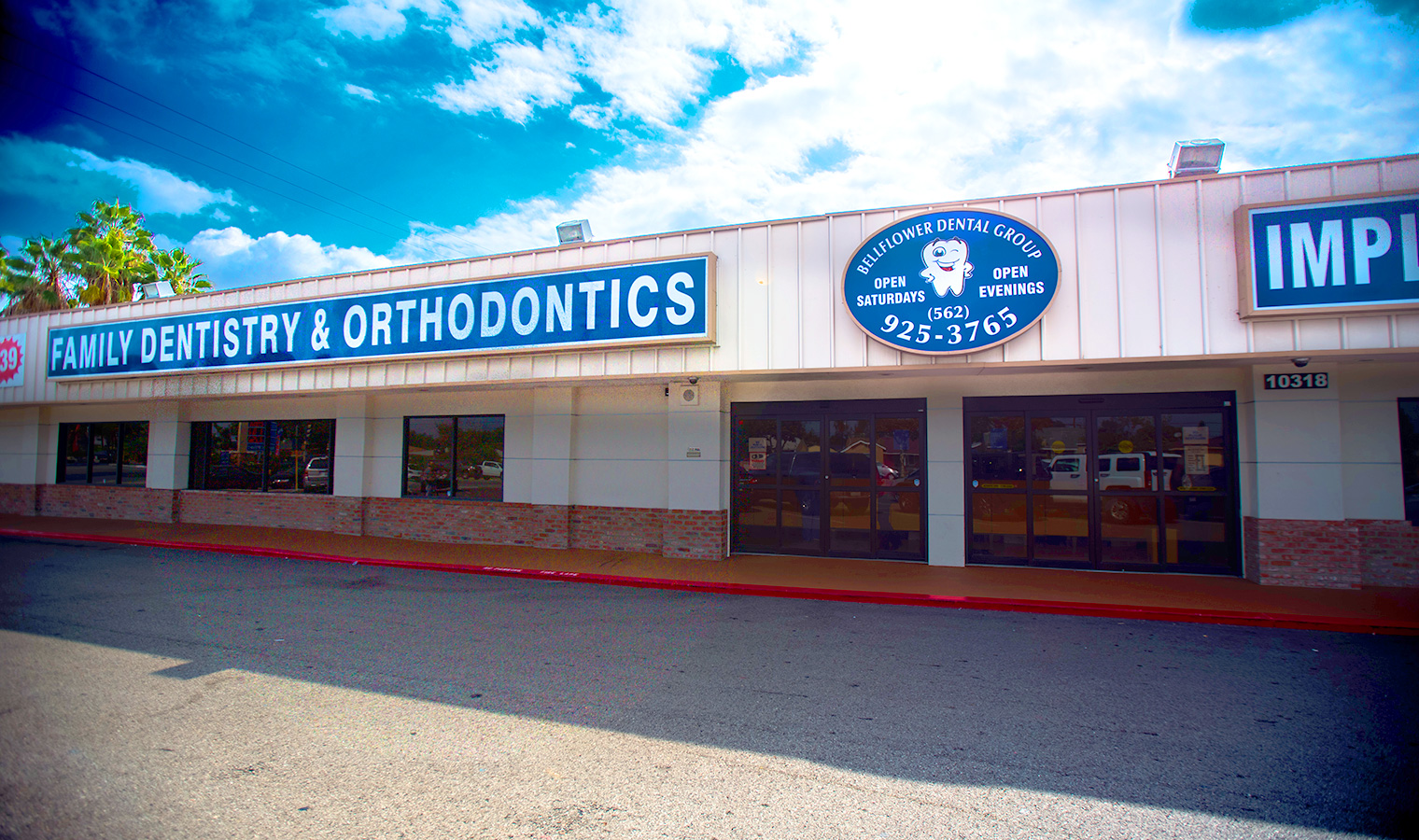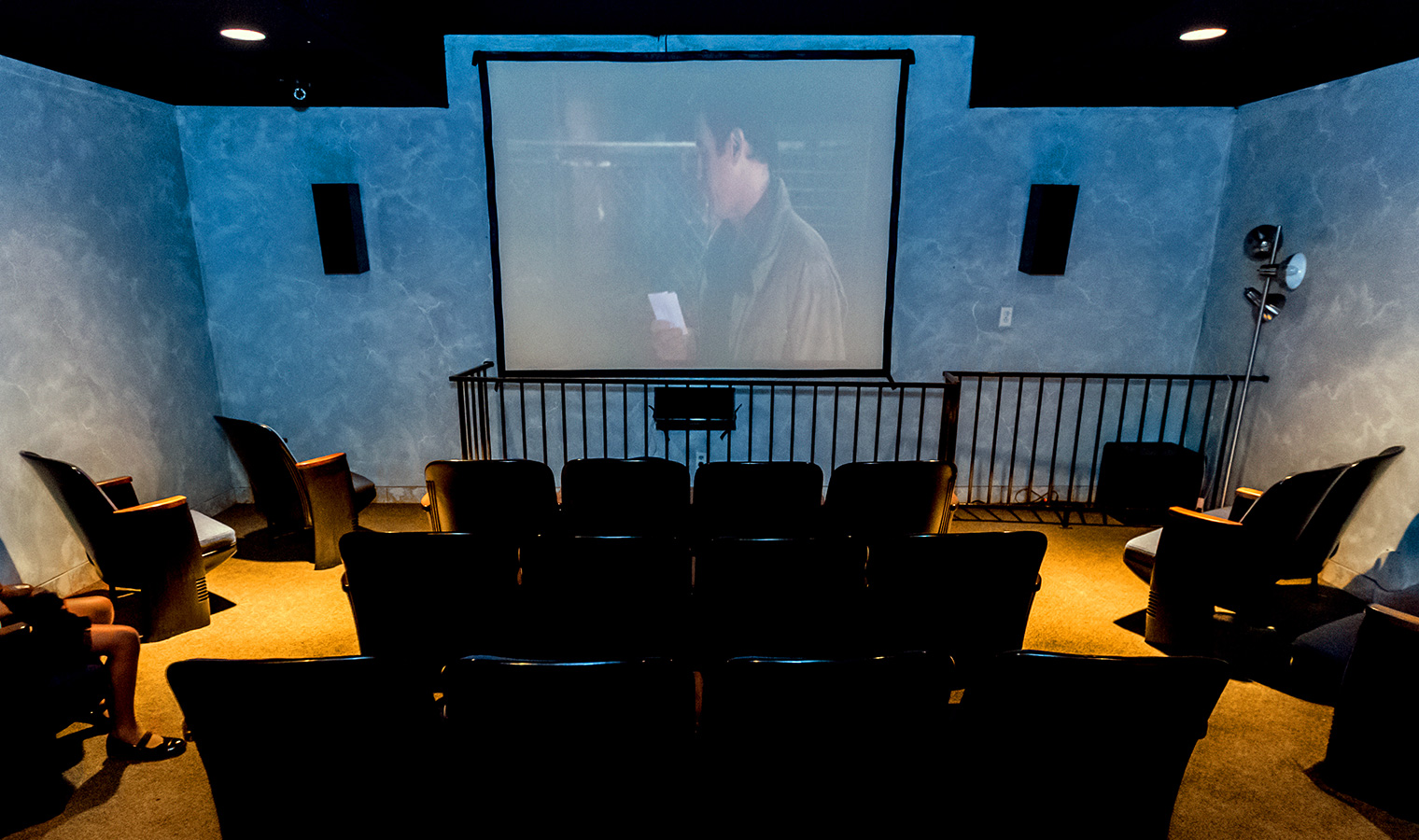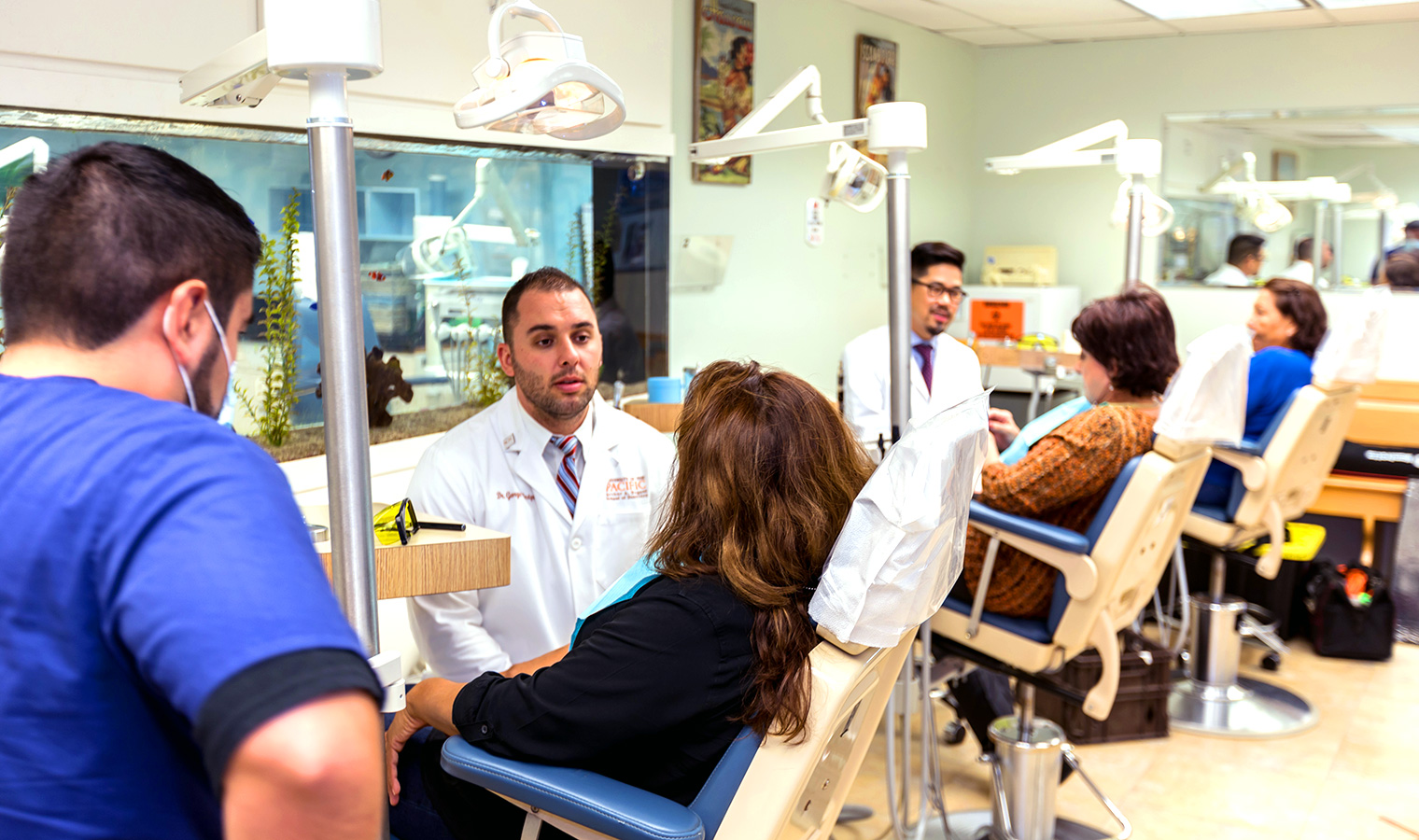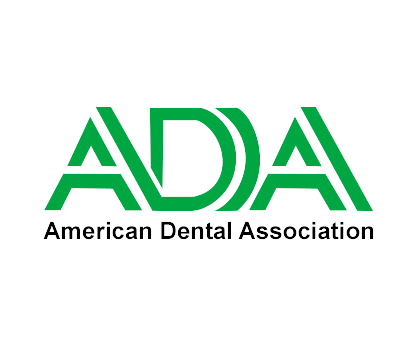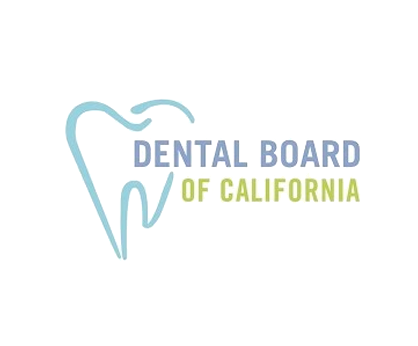What is teeth straightening?
Teeth straightening is a process of aligning and moving the patient’s teeth into the correct position according to a person’s bite by using external force and pressure. Teeth straightening is used to correct crooked teeth and correct a person’s bite and any other flaws present in the patient’s teeth and jaws.
Options for teeth straightening
For teeth straightening, you will need to visit an orthodontist and get orthodontic treatment. There are two most suitable options for getting your teeth straightened. They are as follows:
Traditional Braces
Traditional braces, also known as dental braces, are orthodontic devices used to correct and align crooked teeth and fill the gaps between them. They are placed correctly and strategically on the teeth, which helps move them to the correct places. They are typically worn for about 18 months to 2 years. The duration can vary from person to person, depending on the type of treatment. There are four main types of braces:
Metal braces: Metal braces are mostly fixed and are attached to the teeth with brackets, bands, and flexible wires. These braces may be a better choice for someone who has a complex dental treatment.
Ceramic Braces: These braces are used for teeth straightening and the brackets used are either clear or tooth-colored. They are aesthetically pleasing because they do not stand out too much.
Lingual Braces: They are a type of invisible braces. They are primarily similar to the traditional metal braces but are placed on the inside (lingual) side of the teeth.
Damon Braces: These braces are self-ligating, which gradually tighten by using a sliding mechanism. This helps in teeth straightening.
Aligners
Aligners are clear and custom made and slip over the tooth surfaces and bring them in the correct position with repeated wear. They are aesthetically pleasing since they are not visible like traditional braces. They can easily be removed and slipped back on. Moreover, their manufacturing process is quicker than conventional braces. They are of two types: Clear Correct & Invisalign.
Reasons you need traditional braces
There are many reasons for getting orthodontic braces or brackets. Some of them are as follows:
Overbite: The mandibular teeth bite into the roof of the oral cavity or completely disappear when the patient clenches his teeth.
Underbite: Underbite is when the teeth of the lower jaw overlap the teeth of the upper jaw. This is especially problematic during eating or talking and may also cause oral injury.
Open bite: This occurs when the upper and lower teeth do not touch each other, and the mouth remains open. This is detrimental to the patients in eating, and it also affects their speech.
Teeth spacing: Spaces or gaps between the teeth are also of significant concern. These gaps may occur due to congenitally missing teeth or proportionally smaller teeth. Due to these gaps between the teeth, food particles can get stuck, leading to bad breath, dental cavities, and other oral health issues.
Crowding of teeth: This is the most common cause for opting for orthodontic treatment. Crowding of teeth can lead to the overlapping of the teeth. Fixing this crowding of teeth can do wonders in improving the smile of the patient.
Reasons you need clear aligners
Here are some reasons for getting aligners. They are as follows:
Less discomfort and pain: They do not create any irritation on wearing them as they are made from plastic. They might feel a bit sore on the first few days, but then the patients get used to wearing the aligners or trays given to them.
No food restrictions: People who wear aligners are better off than those having braces because some foods are restricted for braces like gums, hard candy, etc., while aligners can be conveniently removed before eating and when flossing and brushing. It is, however, recommended to wear aligners for about 20 to 22 hours a day.
Improves self-confidence: The aesthetic appearance of the aligners helps boost the patient’s self-esteem, and they can smile more confidently.
Treats most alignment problems: Clear aligners are an excellent solution for many teeth alignment issues. Whether you have crooked teeth, underbite, overbite, or other oral health issues, there’s a good chance that clear aligners can solve it.
Shorter treatment time: They have a shorter treatment time, while on the other hand, traditional braces take about two years.
Procedure for getting braces
Step 1 (Referral)
The first step is getting a referral from an orthodontist. You can make an appointment on your own simply by calling the office and asking to meet with the orthodontist. It may be helpful to bring your latest set of x-rays from your dentist and whatever concerns you have about your teeth.
Step 2 (Consultation)
Your first meeting with the orthodontist will be the consultation. He will look at your teeth and determine what needs to be done to straighten your teeth or if you would even benefit from orthodontic treatment. He will look at your teeth and your x-ray and determine the best plan of action. An impression of the teeth is then taken.
Step 3 (Designing Treatment)
The orthodontist will then design a treatment that is specific to your needs. Each mouth is different, and treatment must be specific to the individual. From the impression, the orthodontist will create a mockup of the braces.
Step 4 (Placing the Braces)
This appointment will be much longer than any of the future appointments. It involves conditioning the surface of the teeth to provide a place to cement on the brackets, cementing the brackets in place, and placing the first wire. After cleaning, the conditioning can take anywhere from ten to thirty minutes. Then, the teeth are primed for the cement, and then the brackets are placed.
Step 5 (Inserting the Wire)
Once the brackets are in place, a wire is inserted into the brackets. They start with a semicircle of wire, cut it to the right length, and sometimes insert bends or kinks into the wire to create leverage over the teeth, which will help them move faster into the correct position.
Procedure for getting aligners
Step 1 (Consultation)
The dentist completes an examination to determine if you’re a good candidate for this treatment process.
Step 2 (Diagnostic Records)
If the patient will benefit from clear aligner therapy, then it is proceeded to gather some additional information to get the trays made. It starts by taking a few photographs of the face and smile, along with a couple of dental x-rays. Information is provided to the lab technicians with instructions on how we want the aligners made
Step 3 (Getting Your Clear Aligners)
It’ll take a couple of weeks or so for your clear aligners to be delivered to our office. When they arrive, you’ll come in for your first placement appointment. Depending on the specifications of your outlined treatment, we may have to make some adjustments to a few of your teeth. For example, getting ‘buttons’ placed is a standard part of getting aligners. Before leaving with the first set of trays in place, the dentist makes sure that you know how to put them in and take them out, which can take some practice. The patients also are taught how to care for the aligners, and a few more trays are given. Each pair of aligners is worn for one week, for a minimum of 20 hours per day.
